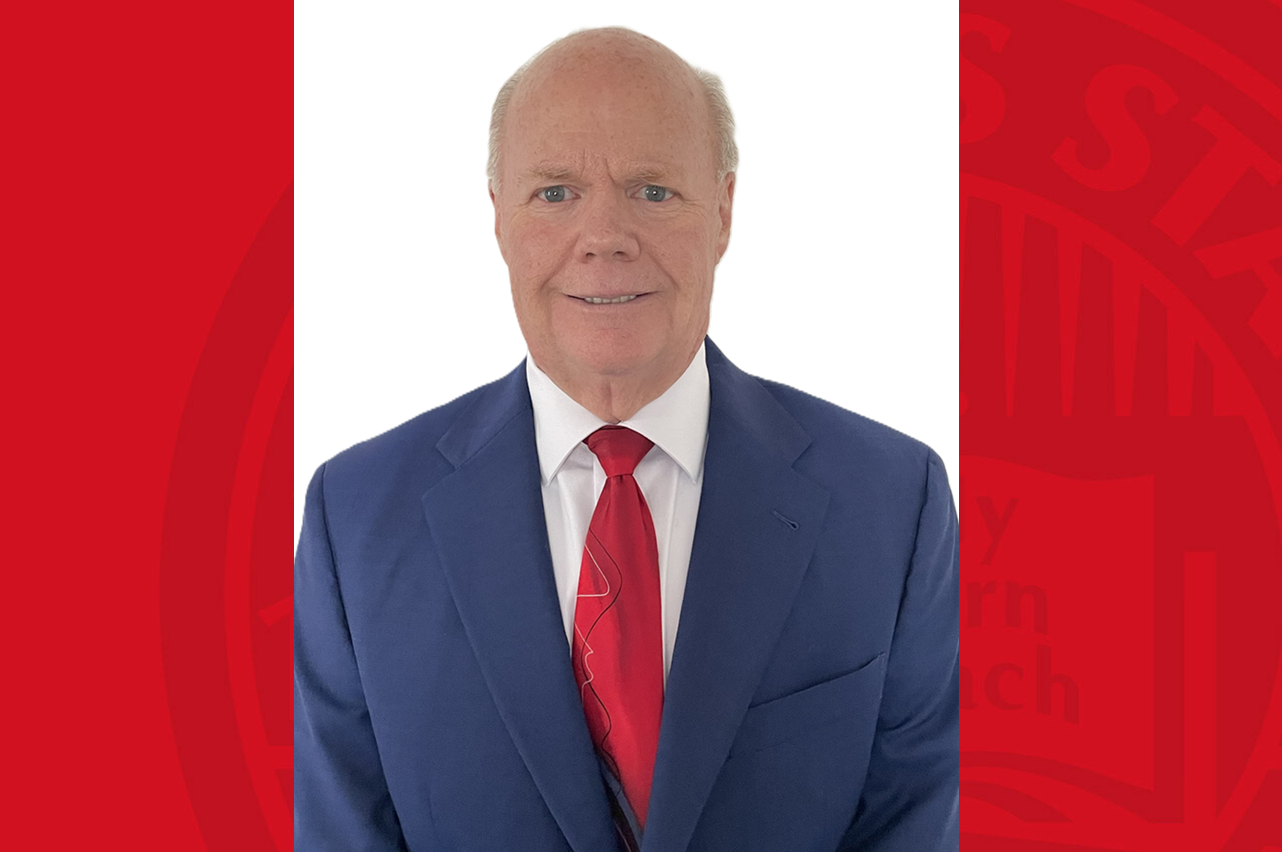- Private equity targets Europe for big buyout deals
- Why rising bond yields are such a problem for stocks: Morning Brief
- These Are the Top 3 Financial Fears of My Patients — And How I Treat Them
- Russian Companies Now Using Bitcoin (BTC) for Foreign Trade, According to Finance Minister: Report
- Delphi’s ex-finance VP sentenced to 4 years over $4.5M embezzlement
In 2017, then-President Donald Trump appointed White House Budget Director Mick Mulvaney to run the Consumer Financial Protection Bureau. As a Republican member of Congress, Mulvaney had previously called the CFPB “a joke… in a sick, sad kind of way.”
You are viewing: A ‘resounding success:’ why would anyone ‘delete’ the CFPB?
So it was a bit like déjà vu when Elon Musk, Trump’s new presidential advisor, tweeted in early November “Delete CFPB. There are too many duplicative regulatory agencies”. The CFPB is also named in the Heritage Foundation’s policy document Project 2025, which calls it “a highly politicized, damaging, and utterly unaccountable federal agency.”
For those invested in the work of the agency – protecting consumers from abuses in financial products and services – the recent offensives are concerning. But the CFPB, which was developed after the 2008 financial crisis and modeled on a proposal from Democratic Sen. Elizabeth Warren, has evolved into less of a political football than it was in 2017.
Now, observers say, the response to Musk and others might be, “Delete at your own risk.”
“If you take objective evidence, just the dollars returned to people, the CFPB is a resounding success,” said Pamela Foohey, the Allen Post Professor of Law at the University of Georgia law school. “Year after year after year, through different administrations. And it’s really hard to deny that.”
How does the CFPB help consumers?
The Consumer Financial Protection Bureau’s work spans the various ways consumers use financial products and services. Among other things, the agency proposes rules, like recent ones reining in excessive credit card and overdraft fees. It takes consumer complaints about how companies have treated them, monitors financial markets for potential fraud and abuse, and also works to educate consumers about personal finance, like mortgages and credit cards.
Some of its biggest victories have involved going after company abuses. The ongoing fake account practices at Wells Fargo were discovered by the CFPB. More recently, it fined Navy Federal Credit Union for charging customers overdraft fees even when customer accounts showed a positive balance.
When a company is fined, that money is returned to consumers. The agency has obtained over $21 billion in financial relief, it says, for more than 200 million Americans.
As Christine Chen Zinner, senior policy counsel from the progressive Americans for Financial Reform, puts it, “they are the agency right now that is standing up for everyday people against Wall Street, against predatory lenders and other financial services companies that are trying to rip off everyday people.”
See more : Major League Baseball promotes Ed Weber to Chief Financial Officer
More: The housing crisis threatens the American dream. What’s next?
The CFPB is supported by members of both parties
Although the agency is relatively young, its legitimacy and the way it is organized and funded have been affirmed by the Supreme Court, by a 7-2 margin, with a decision penned by Clarence Thomas, one of its most conservative members.
And Mulvaney left in place many of the efforts originally undertaken by his Democratic predecessor, Richard Cordray. At a 2018 Senate hearing, he explained that those initiatives “were pretty good lawsuits. We were actually executing the law, going after bad actors, which we will continue to do, under my leadership.”
More to the point, any Republican who may have questions of principle about the CFPB may run up against the reality of the good it’s done for consumers, said Jonah Crane, a partner at Klaros, a financial services advisory firm, who previously advised Democratic Sen. Chuck Schumer on financial regulation policy, including the legislation that created the agency.
“It’s not too hard to imagine congressional hearings with very sympathetic stories, and I wouldn’t want to be behind that eight ball entirely if I were this administration,” Crane said. Even a recent CFPB initiative that may be more ambiguous than others – suing big banks for allowing fraud to “fester” on the payments app Zelle – might be a minefield, Crane said.
“If the fraud and the scams continue, the stories can get pretty ugly pretty quickly.”
It’s even possible that the populist Trump administration and the CFPB may find some common ground. At a December hearing of the Senate Committee on Banking, Housing, and Urban Affairs, current CFPB director Rohit Chopra agreed that the agency would willingly partner with the White House on President-elect Trump’s proposal to cap credit card interest charges.
There was nothing like the CFPB before
Contrary to what Musk tweeted, the agency does not actually duplicate anything.
“When the CFPB was created, it was as a result of gaps in oversight, and to have an independent agency watching and squarely focusing on financial services for everyday people,” Chen Zinner said.
“It is yet another box on a chart, and that complexity looks daunting to folks, I guess,” said Crane. “But it was pretty clearly designed not to be duplicative. And I think, in that respect, it’s more directly accountable for consumer protection issues than any of the banking regulators ever were.”
The Trump transition team did not respond to requests for comment for this story. Neither did the Heritage Foundation.
See more : Stocks slide as Wall Street’s year of 20% gains ends on a quiet note
How do credit cards function? The key features and benefits explained.
How do credit cards work and how can you use them wisely? The features and benefits explained.
Just Curious
The CFPB was designed to reach Americans directly
In 2017, Foohey published a novel research paper. Noting that the CFPB had “established an interactive webpage that permits consumers to submit complaints based on particular product groups,” she analyzed the narratives that customers had written to accompany the complaints.
“People mainly use the narrative function for one of two purposes,” she added: “to express their anger and frustration about a company’s practice, or to express sadness and fear about how a company’s practice has impacted their lives.”
She included several such narratives in her paper: “I hope the CFPB can help?” one consumer wrote. “Thank you for your time and consideration and for your commitment to ensuring that consumer(s) are treated fairly and not unjustly taken advantage of. That means more than words can express,” said another.
By now, the Consumer Financial Protection Bureau has received so many complaints like the ones Foohey wrote about that nearly 7 million have been deemed important enough to forward to the financial services companies in question for their response.
The complaint mechanism is a good reminder that the CFPB “is not there to trap companies,” Foohey told USA TODAY. “It’s there to make companies help themselves and help the economy.”
(This story was updated to fix a typo.)
Source link https://www.usatoday.com/story/money/personalfinance/2025/01/10/cfpb-delete-why-trump-musk/77197606007/
Source: https://summacumlaude.site
Category: News






